Sober Living Series – Part 1: Why Sober Living Isn’t Just a Place—It’s a Lifeline After Rehab
Sober living homes can mean the difference between relapse and recovery. In Part 1 of our 6-part series, we explore what sober living really is, who it’s for, and why it's often the most overlooked yet essential bridge between rehab and real life.
SOBER LIVING LIFE


The “In-Between” Nobody Talks About
Rehab is structured. Safe. Guided. Home is not. Most people talk about getting clean in treatment and staying clean in the real world—but what about the middle part?
That’s where sober living homes come in. And despite how crucial they are, they’re often misunderstood, stigmatized, or skipped altogether.
This post is Part 1 of a 6-part journey through the raw, real, sometimes uncomfortable truth about sober living. The good, the bad, the life-changing—and the parts nobody wants to say out loud.
What Is a Sober Living Home—Really?
Sober living homes, also called transitional living, are shared residences for people in recovery who are not quite ready to go home but need a safe, substance-free place to live while rebuilding their lives.
They’re not treatment centers.
They’re not halfway houses.
They’re not hotels with curfews.
They’re communities. They’re accountability hubs. They’re often the first real test of whether someone’s recovery has roots—or just wings.
Some are privately owned, some are nonprofit-run, and others are attached to larger treatment programs. The rules vary, but most require:
Total abstinence from drugs and alcohol
Regular drug testing
Chores, curfews, and structure
Participation in recovery meetings or outpatient therapy
Rent or contribution to household expenses
Who Is Sober Living For?
Sober living isn’t just for “people who don’t have anywhere to go.” That’s one of the most harmful misconceptions.
Sober living is for:
Anyone who has completed detox or residential treatment and wants support to transition.
People trying to avoid toxic home environments where triggers or enablers live.
Those without stable housing, transportation, or a routine yet.
Relapsers who need a reset—but not necessarily another 30-day program.
In short, sober living is for people serious about recovery but honest enough to know they’re not ready to do it alone.
Why It Works—And When It Doesn’t
Studies show that people who live in sober living homes after rehab are significantly more likely to stay sober than those who return directly to their previous environment.
Why? Because it provides:
Structure: Most recovering addicts don’t realize how important routine is until they leave rehab and life hits hard.
Peer accountability: Living around others who are also sober makes excuses harder and growth easier.
Time to rebuild: You can look for a job, go to therapy, reconnect with family, and learn how to live sober in real time.
Safety net: If you slip, someone notices. Fast.
But sober living isn’t perfect. It can fail when:
The house is poorly managed or not truly drug-free.
Residents aren’t motivated and just using it for shelter.
There’s no follow-up care or individual growth plan.
It becomes a substitute for real life instead of a springboard into it.
The Hard Truths No One Mentions
Living in sober housing is not glamorous. There are clashing personalities. Shared bathrooms. House meetings that feel pointless. Chores when you’re depressed. Curfews that feel infantilizing. And yes, sometimes relapses happen within the house.
People can lie. People can sneak in drugs. People can get kicked out.
But for every one of those stories, there are ten more of people who rebuilt their entire lives from the ground up in a sober living environment—one dishwashed, rent-paid, meeting-attended day at a time.
Why Families Shouldn’t Push Loved Ones to Skip It
Families often want their loved one home immediately after treatment. It comes from love—but also fear and a desire for things to feel “normal” again.
Here’s the truth: sending someone fresh out of rehab back into a chaotic, tempting, or overly familiar environment often sets them up to fail.
Let your loved one breathe. Let them build confidence. Let them feel what it’s like to be a grown-up in recovery, managing life without substances—before facing the full weight of your expectations, emotions, or old family dynamics.
So... Is It Worth It?
Yes. But only if you (or your loved one) treat it as part of the recovery journey—not the end.
Sober living isn’t where you go because you have nowhere else to be. It’s where you go because you want to build a life that doesn’t require escaping anymore.
It’s not always comfortable. It’s not always convenient. But it’s almost always better than rushing back into the chaos you fought so hard to crawl out of.
What’s Next in the Series?
In Part 2, we’ll explore “The Emotional Rollercoaster of Sober Living: Loneliness, Identity, and Starting Over”—an honest look at the psychological hurdles that hit once the structure of rehab is gone and the reality of rebuilding begins.




















